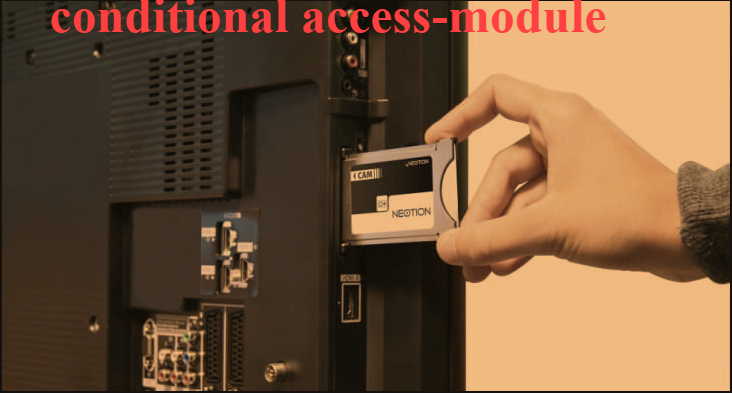In today’s digital broadcasting and television industry, content security is a top priority. A conditional access module plays a vital role in ensuring that only authorized users can access encrypted digital content. This technology is widely used in pay-TV services, satellite broadcasting, and digital video broadcasting (DVB) systems. By using a conditional access module, service providers can protect their content, prevent piracy, and offer customized subscription packages to viewers.
What is a Conditional Access-Module?
A conditional access-module (CAM) is an electronic device that works with a smart card to decrypt encrypted television signals. It is inserted into the Common Interface (CI) slot of digital televisions or set-top boxes. The conditional access module ensures that only paying subscribers can access premium channels, sports events, and on-demand video content.
This technology is essential for digital rights management (DRM) and is used by broadcasters to control access to specific services. Without a conditional access-module, users would not be able to view encrypted content, even if they own the right equipment.
Also, explore Blazertje: The Timeless Fashion Piece for Every Wardrobe
How Does a Conditional Access-Module Work?
The working principle of a conditional access-module is relatively simple yet highly effective:
- The broadcaster encrypts the content using a conditional access system (CAS).
- The smart card, which is paired with the conditional access module, contains the necessary decryption keys.
- When the user inserts the CAM into the CI slot, it authenticates the subscription.
- Authorized users gain access to the broadcast, while unauthorized users are blocked.
This system prevents illegal sharing of subscription services and ensures that broadcasters maintain control over their content distribution.
Types of Conditional Access-Modules
There are different types of conditional access-modules, depending on the service provider and encryption system:
- Viaccess CAM – widely used in Europe for satellite broadcasting.
- Conax CAM – popular for cable and IPTV services.
- Irdeto CAM – a highly secure system adopted by many global broadcasters.
- Nagravision CAM – commonly used for pay-TV operators.
Each conditional access-module is designed to work with a specific encryption system, meaning compatibility is key when selecting one for your device.
Importance of Conditional Access-Module in Broadcasting
The use of a conditional access module has several advantages:
- Content Protection: Safeguards premium content against piracy.
- Subscriber Management: Helps broadcasters offer different subscription plans.
- Flexibility: Works with a wide range of televisions and set-top boxes.
- Secure Transactions: Ensures that payments and subscriptions are tied to verified users.
- Global Adaptability: Compatible with international digital broadcasting standards.
Advantages and Limitations
Advantages
- High-level encryption and security
- Easy to install and use
- Supports multiple subscription models
- Compatible with digital televisions and set-top boxes
Limitations
- Not all CAMs are compatible with every service provider
- May require firmware updates for continued functionality
- Initial cost may be high for some users
Future of Conditional Access Module
With the rise of IPTV, the role of the conditional access module is evolving. While traditional broadcasting still relies on CAMs, newer technologies are integrating cloud-based encryption and software-based access systems. However, CAMs will continue to remain relevant for satellite TV, cable broadcasting, and regions where internet-based streaming is limited.
FAQs
1. What is a conditional access module used for?
A conditional access module is used to decrypt encrypted television broadcasts, allowing only authorized subscribers to access premium content.
2. Do all TVs support conditional access modules?
Not all TVs support CAMs. Only those with a Common Interface (CI) slot can use a conditional access module.
3. Can I use one conditional access module for multiple services?
No, CAMs are generally locked to specific providers and encryption systems, so compatibility is essential.
4. Is a smart card necessary with a conditional access module?
Yes, the smart card contains the decryption keys required to access the encrypted content, and it must be paired with the CAM.
5. What is the difference between CAS and CAM?
A CAS (Conditional Access System) is the overall encryption and access management system, while a CAM (Conditional Access Module) is the physical device that works with a smart card to decode content.
Conclusion
The conditional access module is an essential component in digital broadcasting, ensuring that only authorized viewers can access encrypted channels and services. By combining encryption, smart cards, and subscription control, CAMs protect broadcasters from piracy while giving subscribers secure and flexible access to content.
